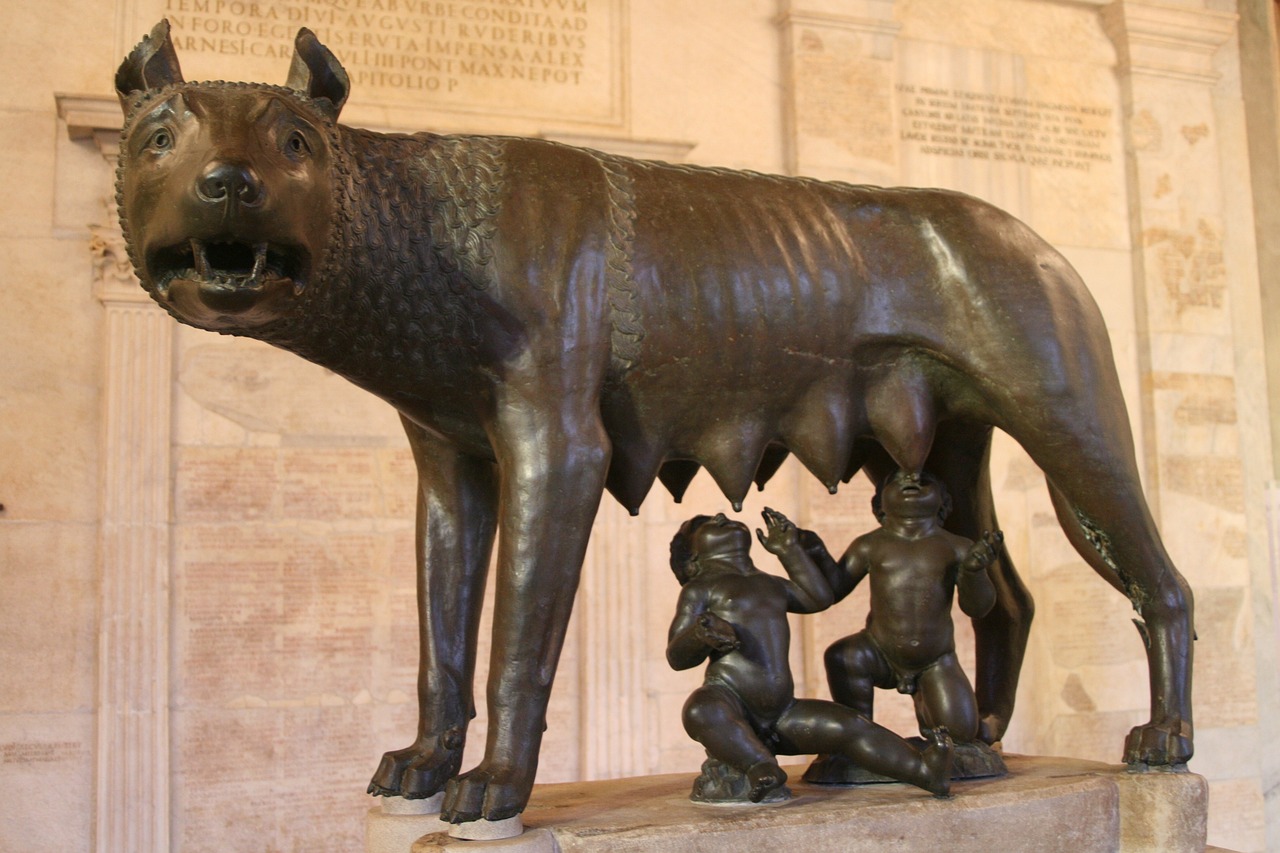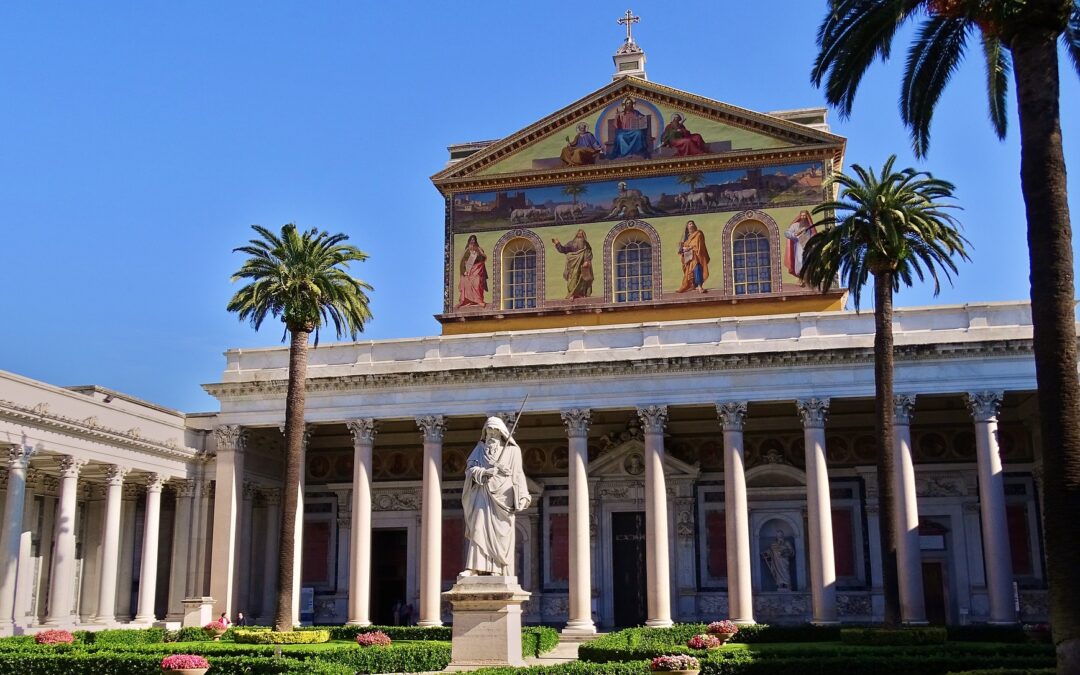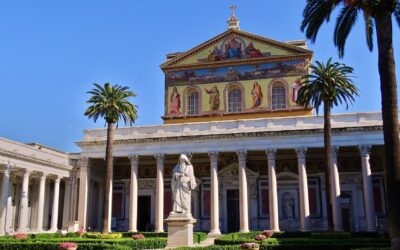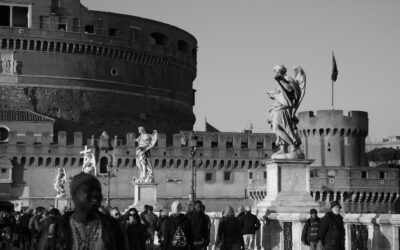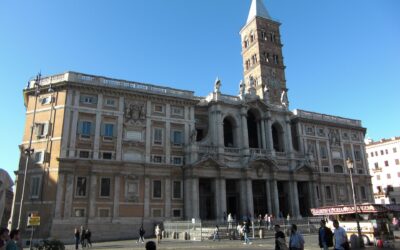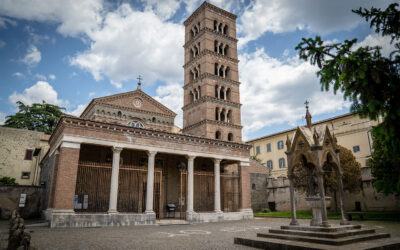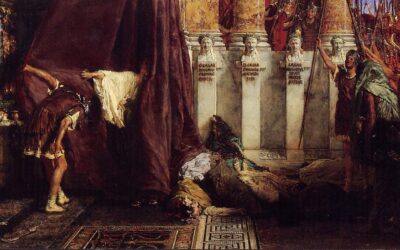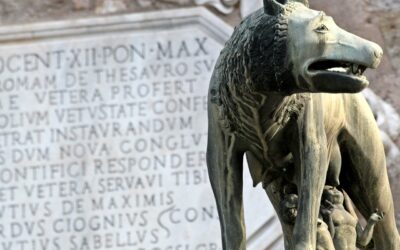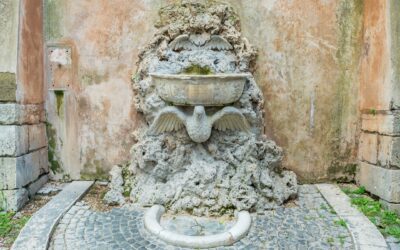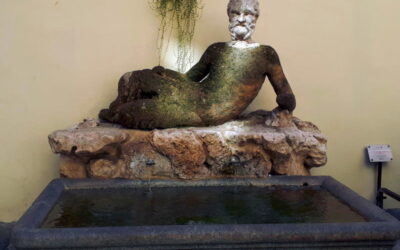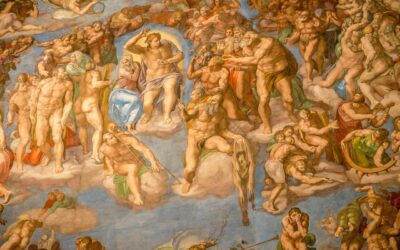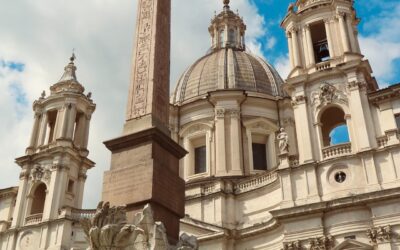Rome, often referred to as the “Eternal City,” boasts a rich history that spans over two millennia. At the heart of this captivating city lies the Palatine Hill, a place of immense historical significance. The Palatine Hill holds a special place in Rome’s founding mythology and played a pivotal role in shaping the city’s destiny. In this exploration of the Hill Palatine, we will delve into the traditional story of Romulus and Remus and the she-wolf, as well as uncover the real historical events surrounding Rome’s foundation. Through these narratives, we will gain a deeper understanding of the importance of the Palatine Hill in Rome’s remarkable journey through time.
The Traditional Story: Romulus and Remus and the She-Wolf
The tale of Romulus and Remus is one of the most enduring and iconic myths in Roman history. This legendary story serves as a foundation myth, explaining the origins of Rome and its ruling dynasty. According to the traditional narrative, Romulus and Remus were twin brothers, born to Rhea Silvia, the daughter of King Numitor of Alba Longa. Their father was said to be the god Mars, making them demigods with a divine heritage.
- The Abandonment and Rescue:
In a cruel twist of fate, King Amulius, the brother of Numitor, overthrew his brother and seized the throne of Alba Longa. To ensure that Numitor’s lineage would not challenge his rule, Amulius ordered the twins to be abandoned in the Tiber River, left to the mercy of the gods and the waters.
The twins’ lives, however, were far from over. They were miraculously saved by the compassionate intervention of a she-wolf. The she-wolf suckled the infants, nurturing them with her own milk and protecting them from harm. This nurturing act became an iconic symbol of Rome’s care and protection over its citizens. The image of the she-wolf and the twins has since become an enduring emblem of the city, and statues and depictions of this scene can be found throughout Rome.
- The Founding of Rome:
As the twins grew, they developed contrasting personalities. Romulus emerged as a bold and ambitious leader, while Remus was more impulsive and carefree. As they matured into young men, they decided to establish a city of their own. The choice of location sparked a fierce rivalry between the brothers, with each claiming a different hill as the site for the new city.
Romulus chose the Palatine Hill, drawn to its strategic location and defensible position. Remus, on the other hand, favored the Aventine Hill. Unable to resolve their differences, they turned to divine guidance, seeking approval from the gods through omens. In one version of the myth, vultures signaled Romulus’s divine favor, while Remus experienced no such sign.
The rivalry ultimately culminated in a violent confrontation. During a heated argument, Remus was killed, and Romulus became the sole founder of the city, which he named “Rome” after himself. Thus, the founding of Rome marks the beginning of one of the most influential civilizations in human history.
The Real Story of Rome’s Founding:
While the tale of Romulus and Remus is a captivating and enduring myth, historians and archaeologists have sought to unravel the real events surrounding the founding of Rome. The true origins of the city are shrouded in the mists of time, blending historical accounts with legend and folklore. Scholars have pieced together various theories based on ancient writings, archaeological evidence, and comparative studies with other ancient civilizations.
- The Latins and the Etruscans:
The earliest settlement on the Palatine Hill can be traced back to the 10th century BC, during the Iron Age. Archaeological findings suggest that the hill was inhabited by the Latins, an Indo-European people who spoke a language that evolved into Latin. The Latin tribes were part of a wider cultural group that occupied the central Italian peninsula, which would later form the core of Roman civilization.
Around the 8th century BC, the region of Latium, including the Palatine Hill, experienced an influx of Etruscan influence. The Etruscans, an advanced civilization with a distinctive language and culture, established a significant presence in central Italy. It is during this period that the city of Rome began to take shape and developed into a thriving urban center.
- The Roman Kingdom:
The early history of Rome is marked by the establishment of the Roman Kingdom, traditionally dated to 753 BC, with Romulus as its legendary first king. However, historical accounts suggest that Rome was, in fact, governed by a series of kings, most of whom were of Etruscan origin.
One of the most significant Etruscan kings was Tarquin the Elder (Tarquinius Priscus), who is credited with initiating ambitious building projects in Rome, including the construction of the Cloaca Maxima, a sewer system that drained the marshy lowlands around the Forum Romanum.
- The Transition to a Republic:
The Roman Kingdom eventually gave way to a period of political change, culminating in the establishment of the Roman Republic around 509 BC. According to the historical account, the transition to a republic was sparked by the rape of Lucretia, a noblewoman whose tragic fate incited a revolt against the tyranny of the Etruscan monarchy.
The founding of the Roman Republic marked a significant shift in Rome’s political structure, as power was now vested in elected magistrates rather than kings. The Palatine Hill continued to play a prominent role in the city’s development, serving as the residence of the ruling elite and later becoming the site of the imperial palaces during the Roman Empire.
- The Evolution of Rome:
Throughout the following centuries, Rome expanded its influence through conquest and diplomacy, gradually becoming the dominant power in the Mediterranean region. The city’s strategic location along the Tiber River and its proximity to the sea allowed it to flourish as a major trade hub and a center of culture, architecture, and governance.
Under the Roman Republic and later the Roman Empire, Rome experienced unprecedented growth and prosperity. The city’s architectural marvels, such as the Colosseum, the Forum Romanum, and the Baths of Caracalla, stand as testaments to the city’s grandeur and influence over the ancient world.
The Palatine Hill in Rome, with its rich history and enduring myths, is undeniably a place of immense importance in Rome’s founding. The traditional tale of Romulus and Remus and the she-wolf, while steeped in legend, serves as a powerful symbol of the city’s nurturing care and protection over its citizens.
Behind the mythical veil, the real story of Rome’s founding is a complex tapestry of historical events, influenced by the presence of indigenous Latin tribes and the assimilation of Etruscan culture. The establishment of the Roman Kingdom, the transition to a republic, and the subsequent rise of the Roman Empire all contributed to shaping Rome into one of the most influential civilizations in human history.
As visitors ascend the Palatine Hill today, they are met with a landscape that bears the imprints of ancient civilizations and the remnants of imperial grandeur. The ruins of imperial palaces, temples, and houses tell the tale of a city that has endured the test of time, and the echoes of history resonate in every stone. The Palatine Hill remains not only a symbol of Rome’s foundation but also a reminder of the enduring legacy of an ancient civilization that continues to captivate and inspire the world.

